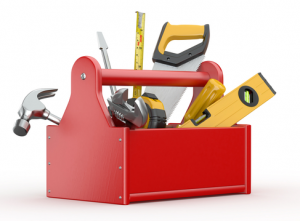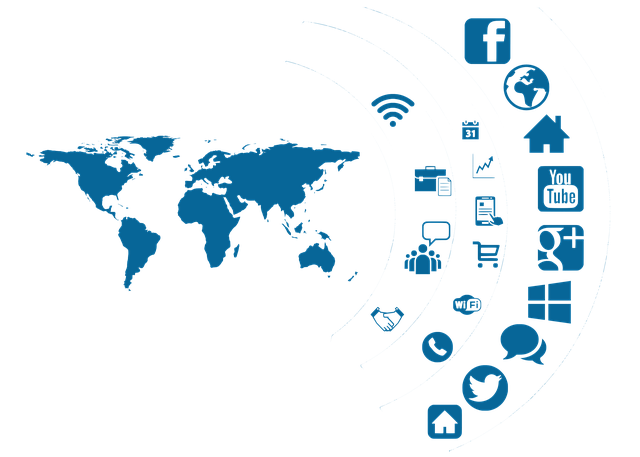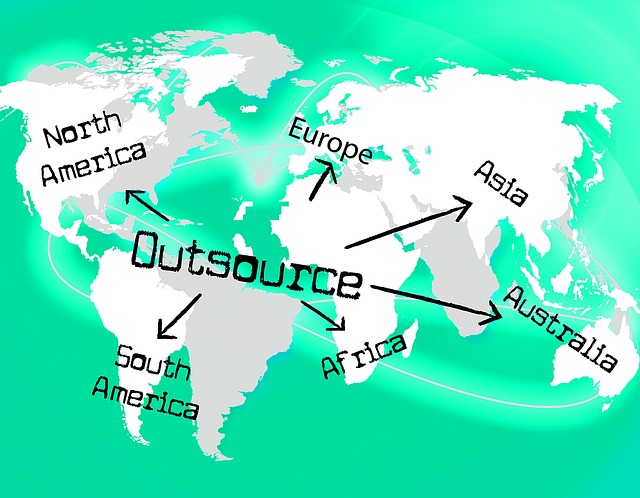Many facility managers and real estate corporations are turning to integrated workplace management software to better manage their many assets. IWMS is a software solution that allows users to manage all facilities and assets, and the entire real estate life cycle. It provides organizations with access to an integrated suite that manages every aspect of a property, including capital asset planning, project tracking, energy utilisation, and monitor maintenance, among other things.

Integration is the most important part of the product. Other solutions force FMs to work across several applications, with each individually pulling heavy weight for a different component of the facility management process. This takes more time, creates a much higher learning curve, and takes away from fluidity between departments.
If maintenance doesn’t understand what’s happening with occupancy, there’s bound to be an issue. On the other hand, IWSM allows all components and departments to work cohesively together to better operate within a single database and user interface. All of these modules speak to one another to create a fluid, systematic balance.
Choosing The Right Workforce Management Software
More and more organizations and their facility managers are turning to technology to help them gain better control over their communications and business operations. Not all software is the same, and it’s important to choose the right one for you. Several factors play a role, including scalability, functionality, module availability, budget, and support.
One of the biggest mistakes you can make with IWSM is not testing the waters. Most software companies, like the team over at Collectiveview.com, offer demos and/or trial versions of their product. Reaching out to these companies also offers insight into the type of customer service they provide. During your conversations with these vendors, it’s also critical that you talk about your unique goals and allow them to tell you how their product solves your problems specifically.
It’s not uncommon for vendors to highlight features that aren’t relevant to you, which can be a ploy to hide weaker features. Early, specific conversations can decrease the possibilities of ending up with a solution that provides little value.
For the most part, these software applications are modular systems that offers total user customization. You choose features and applications that pertain to your specific organization and requirements. It might also be possible to start off with a single module, and add others as you see fit. This ensures that the software is molded to you, and not the other way around.
Increased Savings & Efficiency
Implementation is not solely about cost reduction. The software also makes it possible to enable organizational effectiveness across all resources. It encourages assets, properties, and people to be as productive as possible. The end result? Maximum resource utilization while simultaneously reducing costs.
This is the reason more facility managers are submitting funding requests for software that’s capable of streamlining daily operations. This is especially important for organizations with hundreds, or even thousands of assets. FMs need a reliable way of handling all processes across a multitude of properties, as well as taking care of the occupants and their various needs within a property.
As the future of facility management shifts with more emphasis on evolving technology, managers are realizing the tangible savings, improved efficiencies, and increased revenues that can occur as a result of investing in IWMS. Often, IWMS software can be the missing key in a long-term effort to meet business goals.
IWMS Works For You
Business cases in support of IWMS state its obvious value propositions, which could vary depending on the organization and their specific needs. For example, one organization might see benefits that include lower occupancy and facility operating costs, and reduced energy costs. Other organizations might find more value in maintenance-related cost savings.
To put the software into context, let’s say you work for real estate corporation. You’d be able to increase your real estate effectiveness for improved collaboration and productivity, reduce your total cost of occupancy, generate detailed records of real estate and facility data, and increase the life cycle of building assets.
Furthermore, leasing accounting standards from the International Accounting Standards Board (IASB) and Financial Accounting Standards Board (FASB) require that companies record all operating leases per obligation and debt on the balance sheet. With the right software, you’d be able to properly adopt to shifting lease account practices and remain compliant in your business.




